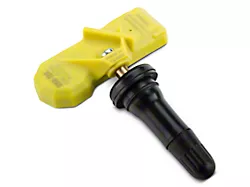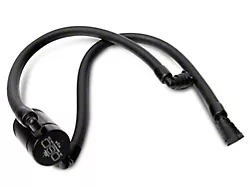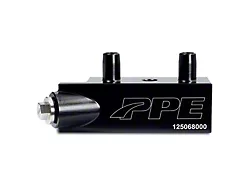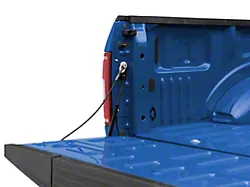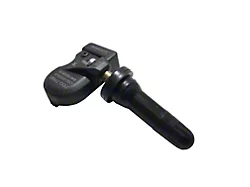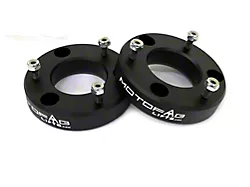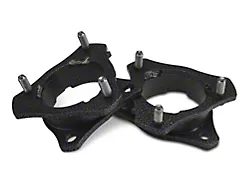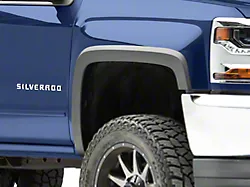
How to Install SkyJacker 3.5-4 in. Standard Suspension Lift Kit w/ Shocks (07-13 4WD Sierra 1500) on your GMC Sierra
Tools Required
- Safety Glasses
- Metric / Standard Wrenches & Sockets
- Drill / Assorted Drill Bits
- Floor Jack
- Jack Stands
- Measuring Tape
- Strut Spring Compressor
- Torque Wrench
- Reciprocating Saw
- Grinder
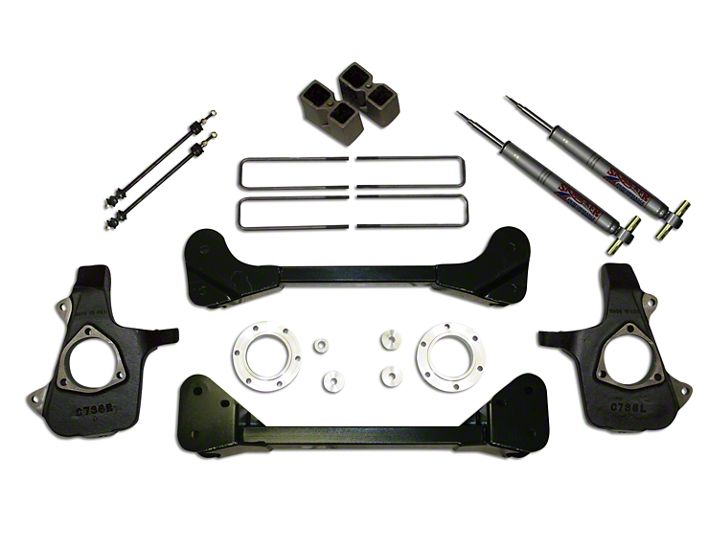
Shop Parts in this Guide
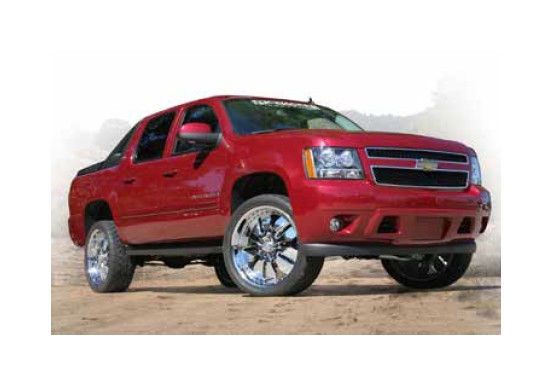
IMPORTANT NOTES:
• If larger tires (10% more than the OEM diameter) are installed, speedometer recalibration will be necessary. Contact your local GM dealer or an authorized dealer for details.
• After installation, a qualified alignment facility is required to align the vehicle to the OEM specifications.
Installation:
1. With the vehicle on flat level ground, set the emergency brake & block the rear tires. Place a floor jack under the lower control arm’s front cross member & raise the vehicle. Place jack stands under the frame rails, behind the front wheel wells & lower the frame onto the jack stands.
2. Remove the front tires / wheels using a 22mm socket. (See Photo # 1)
3. Remove the tie rod end nut from the OEM steering knuckle using a 18mm socket / wrench. Remove the OEM tie rod end from the OEM steering knuckle by striking the steering knuckle to dislodge the tie rod end. Note: Be careful not to damage the tie rod end. (See Photo # 2)
4. Disconnect the OEM brake caliper from the OEM rotor & disconnect the OEM brake line from the OEM upper A-arm. (See Photo # 3) Simply wire the brake caliper out of the way, it will not be necessary to disconnect the brake line from the brake caliper.
5. Disconnect the OEM sway bar end links using a 15mm socket / wrench & remove the OEM sway bar. (See Photo # 4) Disconnect the three upper strut retaining nuts from the OEM strut assembly using a 18mm socket / wrench. (See Photo # 5)
6. Disconnect the OEM upper & lower A-arms from the OEM steering knuckles using a 18mm socket / wrench. Note: It may be necessary to strike the side of the steering knuckle to dislodge the ball joint. Be careful not to damage the ball joint itself. (See Photo # 6)
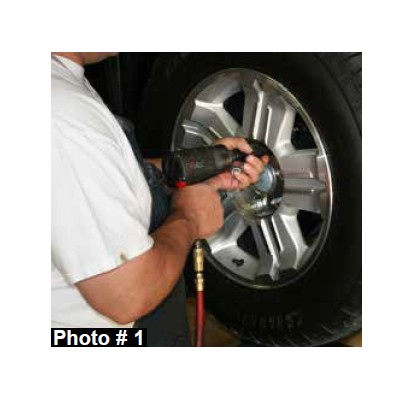

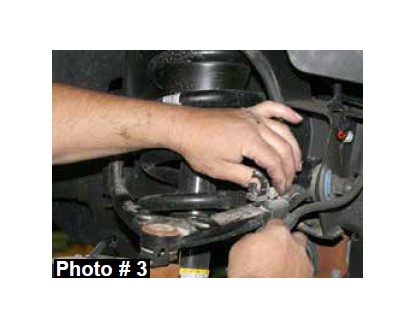

7. Disconnect the OEM CV shaft using a 15mm socket / wrench. (See Photo # 7)
8. Remove the OEM front skid plates (If equipped) using a 15mm socket / wrench & disconnect the OEM lower A-arm using a 18mm socket / wrench & a 24mm socket / wrench.
9. Disconnect the OEM rear cross member using a 18mm socket / wrench. (See Photo # 8)
10. Support the OEM front differential using a transmission jack & remove the differential mounting bolts using a 15mm socket / wrench & a 18mm socket / wrench. (See Photo # 9)
11. Remove the OEM front differential. Note: It will be necessary to grind the two fins as shown in Photo # 10. Remove the rearward fin completely & grind smooth. Grind the forward fin so it is even with the rear fin.
12. Install the new Skyjacker aluminum differential spacers between the OEM differential mount & the frame. (See Photo # 11) The larger spacers are for the front of the mount. Install using the supplied 12mm x 120mm bolts, washers, nuts, & a 19mm socket / wrench..
13. Install the new Skyjacker rear cross member using the supplied 5/8" x 5 1/2" fine thread bolts, washers, nuts, & a 15/16" socket / wrench. (See Photo # 12)
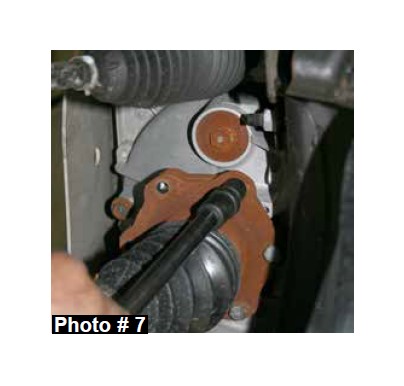
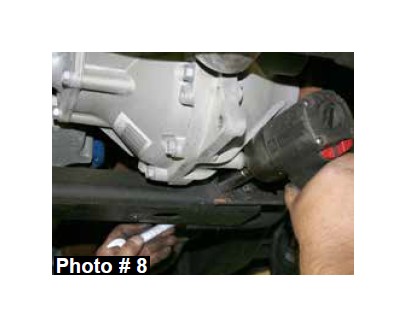
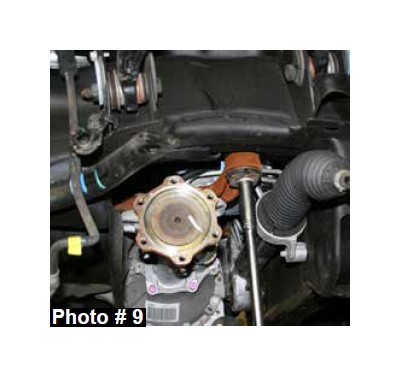
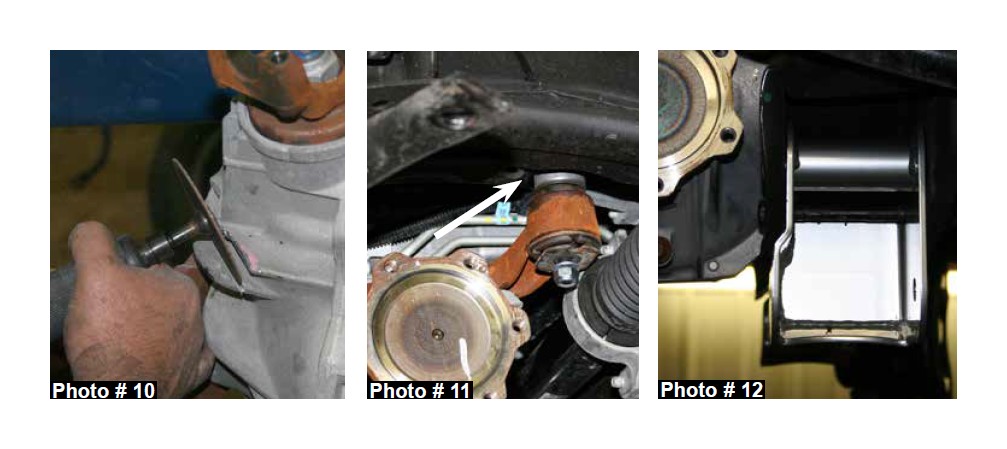
14. Install the new Skyjacker front cross member using the supplied 5/8" x 5 1/2" fine thread bolts, washers, nuts, & a 15/16" socket / wrench. Note: Be sure to use the supplied crush sleeve along with the 5/8" bolts & use the supplied aluminum spacer between the front of the cross member & the frame. (See Photo # 13)
15. Attach the OEM A-arms to the new Skyjacker cross members using the OEM hardware. (See Photo # 14)
16. Using a 15mm socket / wrench, remove the hub bearing assembly from the OEM steering knuckle & attach to the new Skyjacker steering knuckle using the OEM hardware. (See Photo # 15) Note: If installing an Autoride Kit with front strut spacers, see Page # 9 at this time.
17. Disassemble the OEM strut assembly using a strut spring compressor. Remove the OEM coil seat & spacer ring from the OEM Strut. (See Photo # 16) Note: There are 4 Snap ring grooves located on the new Skyjacker strut body. The ring is installed in the 3rd groove from the bottom when shipped. This will yield 4" of lift. If 3.5" of lift is desired, move the snap ring to the 2nd groove from the bottom. If 3" of lift is desired, move the snap ring to the lower groove. The upper groove is only to be used when 4" of lift is desired, but aftermarket accessories have been added that weigh the front end down, ie. Winch, After Market Bumper, etc. At no point should more than 4" of lift be achieved using the components supplied. Install the spacer ring & coil seat on to the new Skyjacker strut. Once the coil spring seat retaining ring has been installed check all suspension components for any contact or interference. If suspension component contact or interference is present, lower the coil spring seat by lowering the coil spring seat retaining ring until no contact or interference is present.
18. Be sure the bump stop is installed with the wider portion towards the strut body. (See Photo # 17) Assemble the new Skyjacker strut using the OEM coil & upper mount. (See Photo # 18)

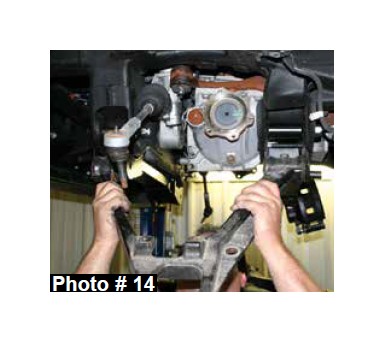
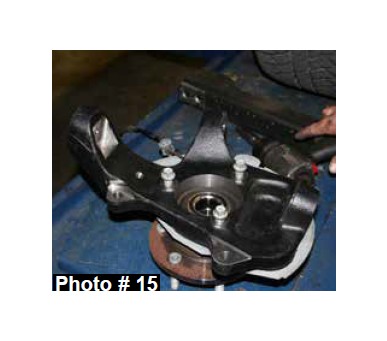
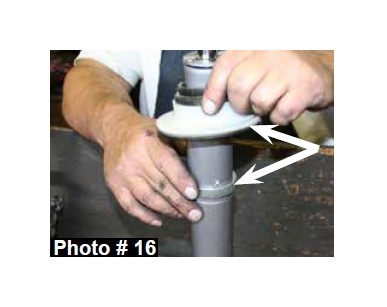
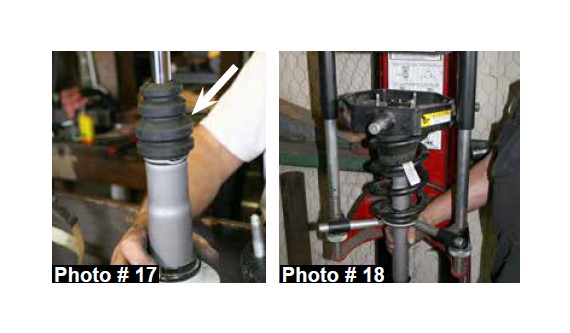
19. Install the new Skyjacker strut assembly using the OEM bolts & supplied self-locking nuts. (See Photo # 19) Attach at the top using the OEM hardware.
20. Attach the new Skyjacker steering knuckle to the upper & lower A-arm using the OEM hardware. Install the CV shafts using the new Skyjacker aluminum CV Spacers. Install using the supplied 10mm x 50 mm bolts, thread locking compound, & a 16mm socket / wrench. (See Photo # 20)
21. Relocate the OEM brake line on the frame using the supplied brackets. Attach the OEM bracket to the new Skyjacker relocation bracket using the supplied 5/16" x 1" fine thread bolts, washers, nuts, & a 1/2" socket / wrench. Relocate the ABS line using the supplied bracket. Attach new Skyjacker bracket using the 5/16" x 1 fine thread bolt, washers, nut, & a 1/2" socket / wrench. (See Photo # 21)
22. Attach the OEM outer tie rod to the new Skyjacker steering \ knuckles using the OEM hardware. Reinstall the OEM brake rotors, calipers, etc. (See Photo # 22)
23. Reinstall the OEM sway bar using the new Skyjacker sway bar end links. Note: Be sure to install the end link with the pivoting end at the A-arm. The gold washer should be on top of the A-arm, with the nut on the bottom. (See Photo # 23)
Pick-Up Models:
24. Raise the rear of the vehicle & support using jack stands. Disconnect the OEM rear shocks & u-bolts. Install the new Skyjacker rear lift blocks along with the new Skyjacker u-bolts. (See Photo # 24) Note: The truck will be level if the OEM block is removed. If the OEM block is retained the truck will be 1" higher in the rear.


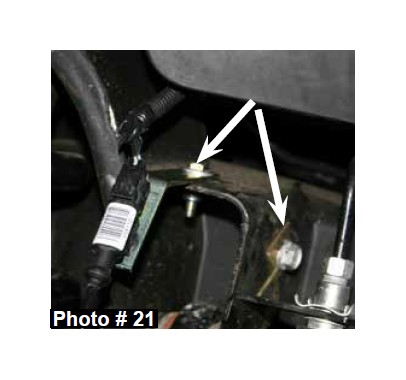
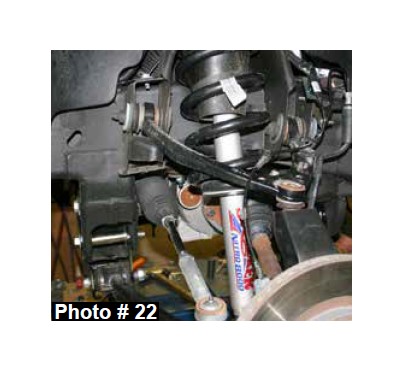
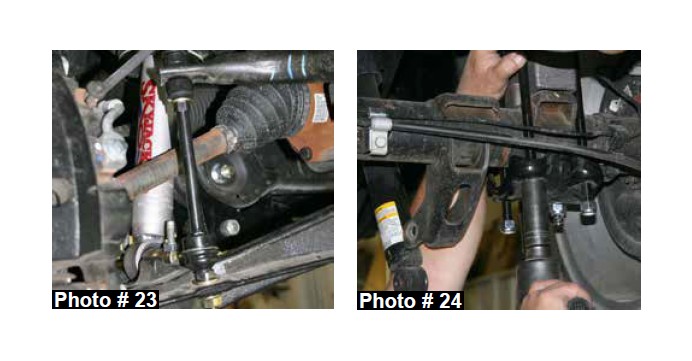
25. Install the new Skyjacker shocks & lower the vehicle to the ground.
SUV Models:
26. Remove the rear shocks using a 21mm socket / wrench. Models equipped with Air Ride rear shocks must first disconnect the air supply line from the top of the shock, disconnect the sensor link from the frame, & the mount on top of the upper control arm.
27. Disconnect the OEM rear sway bar end links. (See Photo # 25)
28. Disconnect the OEM lower control arm (Only disconnect one side at a time so that the axle is not free to move). (See Photo # 26)
29. Locate the OEM bump stop pad on the axle & install the new Skyjacker bump stop bracket at this location. Install so the lip on the new bracket is towards the front & catches on the front of the OEM bracket. Attach using the supplied 3/8" x 1” fine thread bolt, washers, nut, & 9/16" socket / wrench. The bolt will install from under the OEM bracket through the new bracket. (See Photo # 27)
30. Install the new Skyjacker rear lower control arms using the OEM hardware. (See Photo # 28)
31. Lower the axle enough to allow for installation of the new Skyjacker rear coil springs. Remove the OEM coil spring & replace with the new Softride® coil spring. Lower the vehicle to the ground with weight on the new coil springs.
32. Install new Skyjacker Shocks
Auto & Air Ride Models:
33. Locate the new Skyjacker rear shock relocation brackets. Attach the bracket to the OEM shock location using the supplied 9/16" x 3 1/2” fine thread bolt, washers, nuts, & a 13/16" socket / wrench. Attach to the bottom side of the OEM bracket using the supplied 9/16" x 1 1/2” fine thread bolt, washers, nut, & a 13/16" socket / wrench. Attach the OEM shock to the new bracket using the supplied 9/16" x 3 1/2” fine thread bolt, washers, nuts, & a 13/16" socket / wrench. Note: Be sure to install one 9/16" thick washer between the inside of the shock & new bracket. Install two 9/16" thick washers between the outside of the shock & new bracket. The arrow in Photo # 29 shows the location for the two 9/16" thick washers. Air ride models must also replace the OEM sensor link removed in Step # 27 with the new Skyjacker longer supplied link.
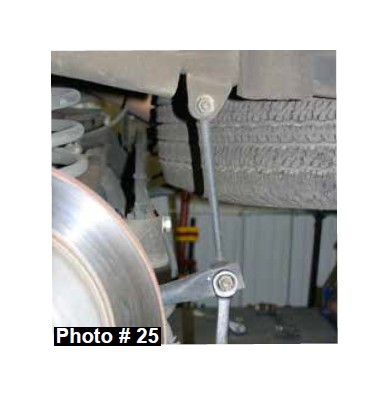
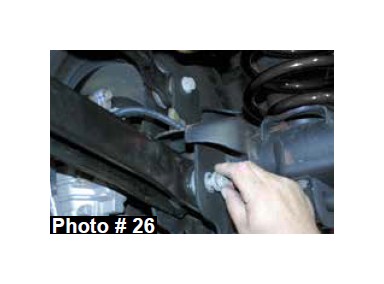
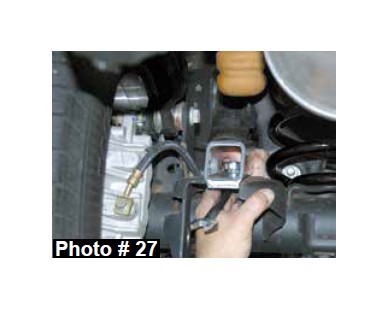
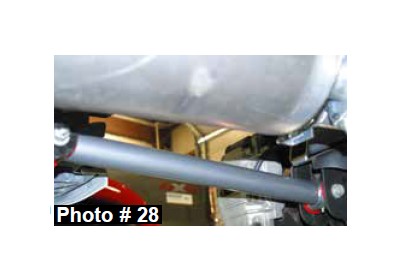

34. Locate the new Skyjacker rear sway bar end links. Insert the supplied 5/8" hourglass bushings & steel sleeves & attach to the OEM sway bar & frame using the supplied 1/2" x 3” fine thread bolts, washers, nuts, & a 3/4" socket / wrench. (See Photo # 30)
Autoride Front Strut Spacers:
35. Install the new Skyjacker strut spacers on the top of each OEM strut assembly using the OEM hardware & 18mm socket / wrench. (See Photo # 31)
36. Install the upper mount of the strut assemblies using the supplied 10mm nuts & a 15mm socket / wrench. (See Photo # 32) Install the lower mount of the strut assemblies using the OEM hardware & return to Step # 20. (See Photo # 33)
Final Notes:
• After the installation is complete, double check that all nuts & bolts are tight. Refer to the following chart for the proper torque specifications. (Do not retighten the nuts & bolts where thread lock compound was used.)
• With the vehicle placed on the ground, cycle the steering lock to lock & inspect the steering, suspension, brake lines, front & rear drivelines, fuel lines, & wiring harnesses for proper operation, tightness, & adequate clearance.
• Have the headlights readjusted to the proper settings.
• Have a qualified alignment center align the vehicle to the OEM specifications.
• After the first 100 miles, check all hardware for the proper torque & periodically thereafter.
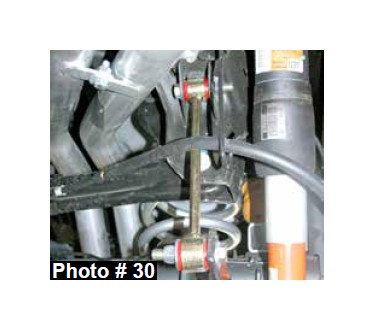
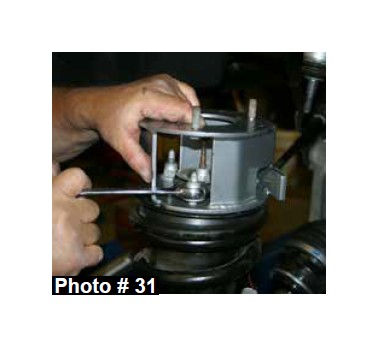
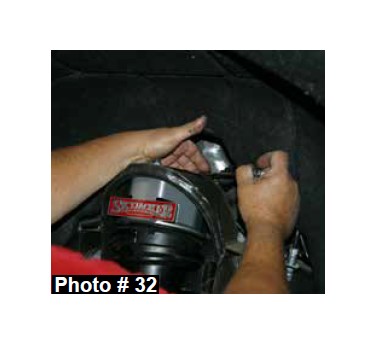
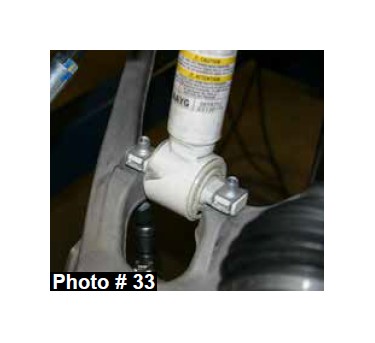
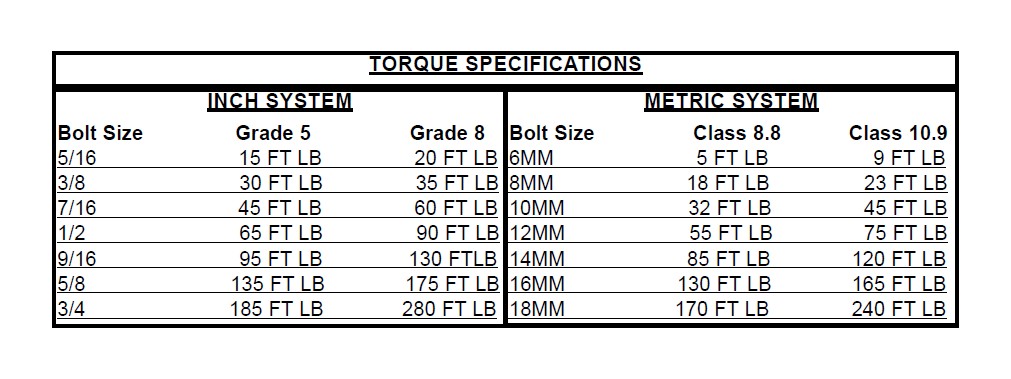
• The above specifications are not to be used when the bolt is being installed with a bushing.
